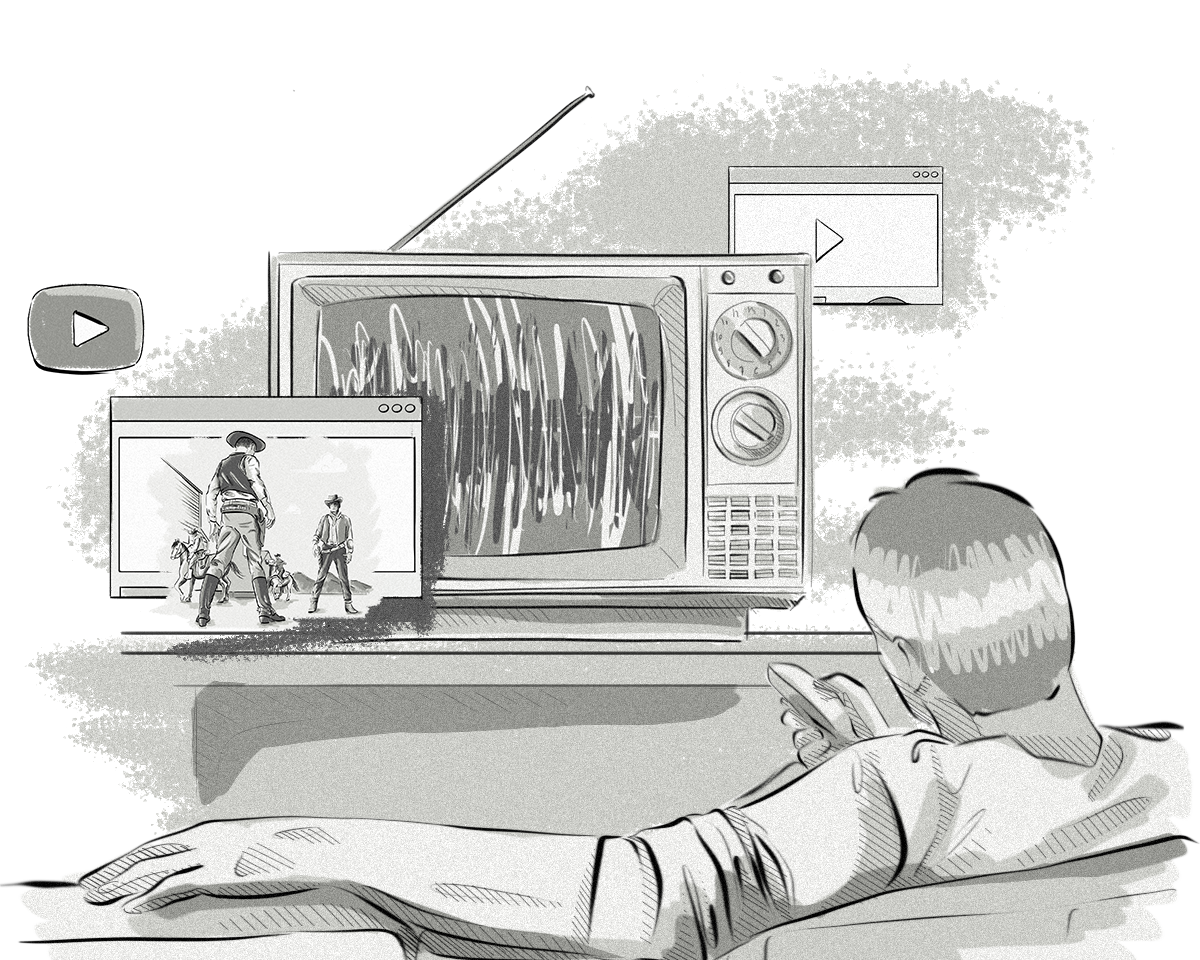The history of television spans more than one hundred years, first appearing in 1900 as a concept. From the 1920s to the 1930s, mechanical television reigned supreme, but various technological breakthroughs over the years have initiated the development of today’s television.
In this article, we will focus on the different stages of television innovation over time and the way these changes have created the advertising systems we know today.






